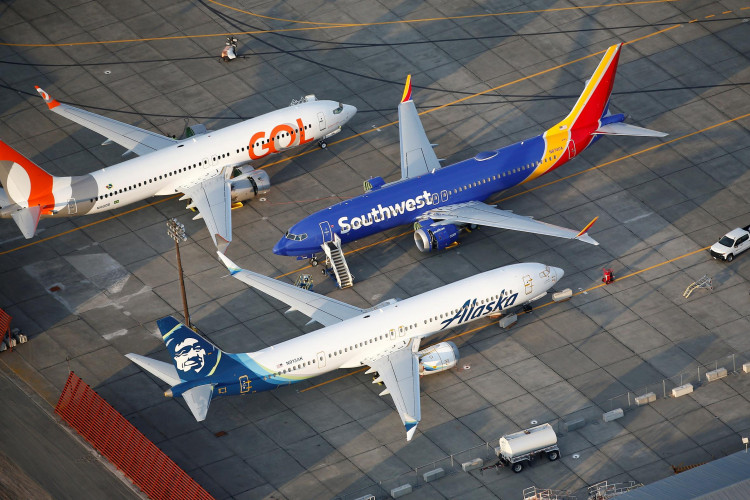Passengers aboard Alaska Airlines Flight 1282, which experienced a harrowing mid-air door blowout, were offered $1,500 in compensation, sparking mixed reactions and raising questions about the adequacy of such a gesture.
The incident occurred on January 5 when a plug door towards the rear of the aircraft blew out at 16,000 feet, leaving a gaping hole in the plane's side and causing panic among the 177 passengers on board.
In addition to the $1,500, Alaska Airlines provided a full refund for the flight and assistance with new travel arrangements. The airline's statement, as reported by PEOPLE, emphasized their immediate response to take care of passengers' needs and offered "24/7 access to mental health resources and counseling sessions."
Alaska Airlines CEO Ben Minicucci expressed his commitment to a thorough and transparent review of the incident and conveyed his heartfelt apologies to those affected.
However, the offered compensation has been met with skepticism by some passengers and legal experts. Daniel Laurence, a partner at Stritmatter Firm, criticized the amount as "inadequate" for what he described as a potential "near-death experience."
Alaska Airlines has offered a full refund, counseling, and a $1500 payment to every passenger onboard flight 1282
Is this enough? pic.twitter.com/rPWfDuFsHq — Waivly (@Waivly) January 11, 2024
Passenger Nicholas Hoch expressed uncertainty about the sufficiency of the compensation, considering the potential long-term emotional impact of the incident. Other passengers, like Jessica Montoia, referred to the flight as the "trip from hell," highlighting the distressing nature of the experience.
The National Transportation Safety Board (NTSB) has since recovered the missing door plug from the aircraft in a teacher's backyard in Portland, indicating the severity of the incident. Alaska Airlines responded by grounding all 737-9 MAX aircraft through January 13 to conduct inspections, impacting approximately 110-150 flights per day.
This incident has brought attention to the responsibilities of airlines in ensuring passenger safety and adequately addressing the aftermath of such emergencies. The varied responses from passengers and legal experts reflect the complexity of evaluating appropriate compensation for traumatic experiences.
As Alaska Airlines continues its investigations and reviews, the incident remains a poignant reminder of the critical importance of aircraft safety and the need for sensitive handling of passenger welfare in the wake of airline emergencies.






